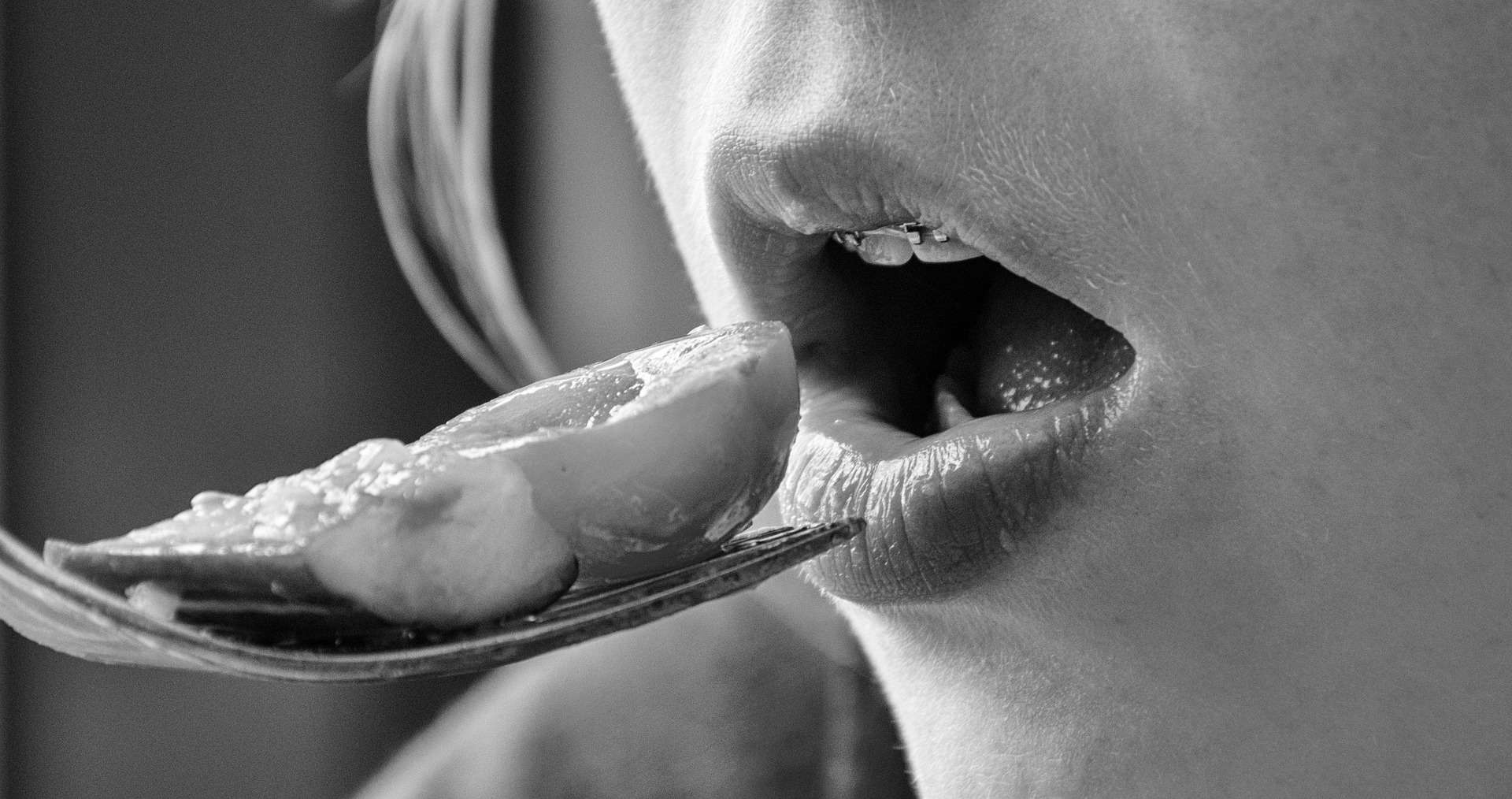I first learned of the term “mouthfeel” in The New York Times article “The Extraordinary Science of Addictive Junk Food.” Then, it came up again when I was reading, Salt, Sugar, and Fat.
When we started our Game Night Food Competitions, I used “mouthfeel” as one of the judging categories. My husband at one point asked if we could have “texture” instead, and I balked.
It occurred to me people really don’t know the difference, and clearly, they need to.
I’m going to keep this one as simple as possible.
Definitions:
- Texture: the visual and especially tactile quality of a surface.
- Mouthfeel: the tactile sensation a food gives to the mouth.
Texture produces a physical sensation in the mouth – soft, crisp, dry, grainy, etc. Texture in food does not change easily. It is what it is.
Mouthfeel literally refers to how food feels inside your mouth, and what senses are then stimulated. Unlike texture, mouthfeel can change easily when minor elements of the food are altered.
For instance, if sugar is swapped out for a high-intensity sweetener the mouthfeel would change drastically, but the texture probably would not.
Texture is a part of mouthfeel, but mouthfeel is infinitely more complex.
